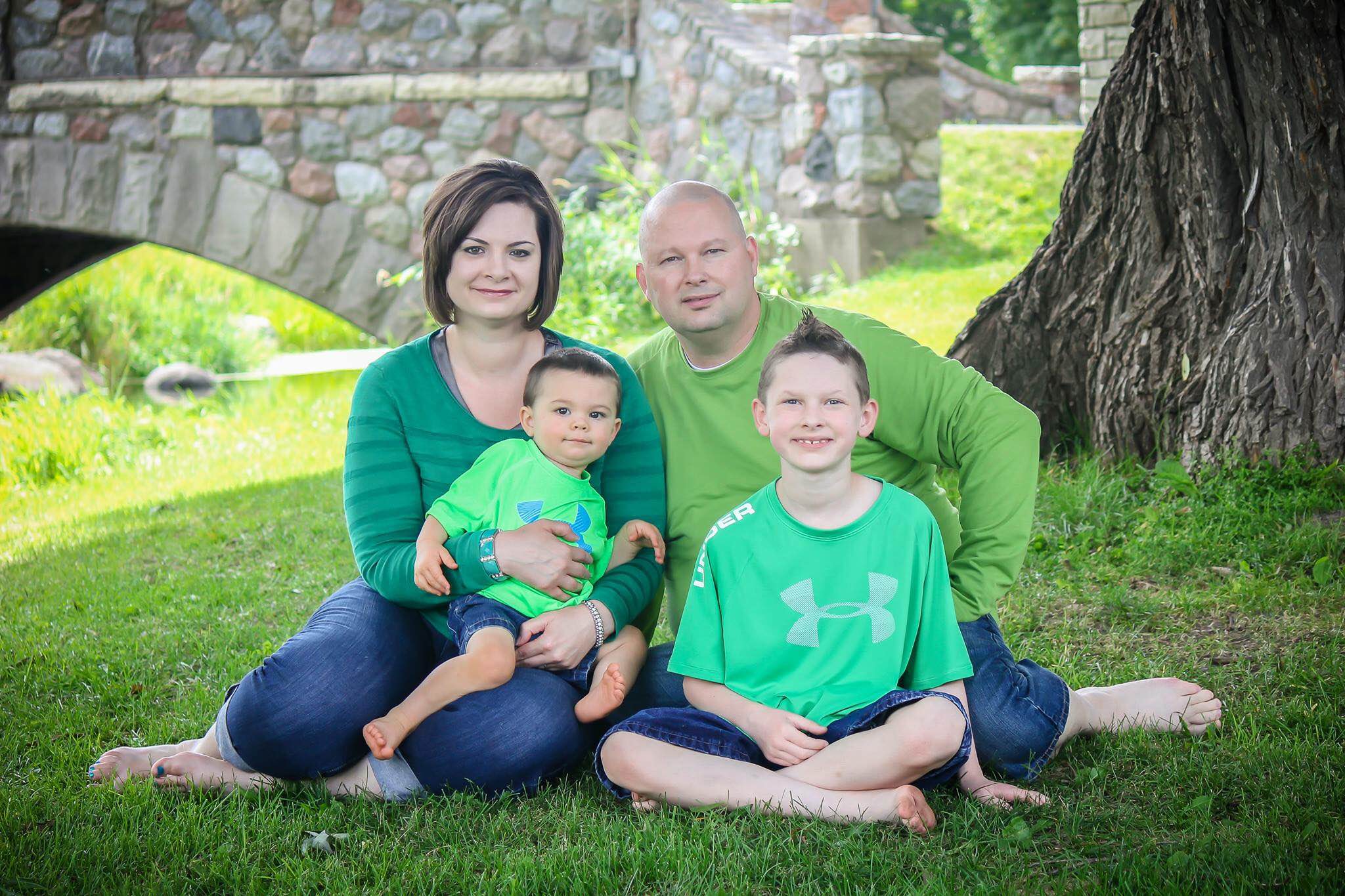By Becky Abbott
 I’m frustrated and sometimes angry. I’m angry not only as a parent, but as a member of the rare disease community.
I’m frustrated and sometimes angry. I’m angry not only as a parent, but as a member of the rare disease community.
Our journey started like so many other families who have children with rare diseases. It took several years, many doctor appointments and documenting symptoms.
Finally, after being referred to a pediatric dentist at Children’s Hospital of Wisconsin, we were given a name to what we were searching for – XLHED or x-linked hypohidrotic ectodermal dysplasia.
It was the first time my husband and I had heard of it, but after a search on the internet and a visit to geneticist we finally understood why my son was missing so many teeth, having high fevers, and experiencing skin and nail issues.
While we were thrilled to finally get a diagnosis and put our minds at ease, little did we know that this was just the beginning of a long fight, a fight to get dental procedures and prosthetic teeth for my son. Many children, like our son, who have a form of ectodermal dysplasia are missing teeth.
My son is missing several baby teeth and therefore did not get his adult teeth as well. What we did not know at the time is that many families with this condition do not have coverage under health insurance because this is considered a dental issue and therefore not covered.
Families of children with this condition will have to pay for lifelong dental procedures. These families have to come up with tens of thousands of dollars so their children can have teeth.

And that’s why I’m frustrated. Why are missing teeth from a congenital abnormality not covered under most health insurance policies? Teeth are a necessity that most people take for granted, including myself, until you see someone suffer without them.
My son has had speech, swallowing, and chewing issues, not to mention being questioned about where his teeth are by friends and classmates.
Why do families have to put off getting teeth for their kids because they can’t afford it? What about families that have several children with the same condition? When children are born with other deformities and health issues they are covered, however insurance companies can claim this is a dental issue and deny it.
My heart aches when I see a family posting a fundraiser, so their child will be able to start treatment that will last several years and will include many painful dental visits so they can have teeth. You cannot imagine how it feels to stop at my son’s school at lunchtime only to have the kids at his table ask me, “What’s wrong with his teeth?”
I have to keep my composure and explain that God made each one of us different and special, while my heart is breaking for my son.
It’s time for a change. The antiquated, outdated laws and statutes need to change.
The children with rare diseases must be taken into consideration and allowed to receive the extensive dental care they need and deserve.
We need to find brave men and women who will advocate for children with rare disease who are often overlooked, due to the rareness of their condition or disease. Insurance companies need to make an exception for children who have these diseases and need dental treatment, especially for missing teeth or teeth that have fallen out due to illness.
No child should be left behind or suffer due to loopholes, and people not willing to make exceptions. I will keep fighting and advocating and hope that these children won’t fall through the cracks and will receive the care they need and deserve.
Editor’s Note: Click here for more information about advocating for the NFED and those affected by ectodermal dysplasia.
Would you like to share your story? Contact Jodi Edgar Reinhardt at jodi@nfed.org.
You may also like:
[…] Advocating for Children with Rare Diseases […]
[…] Advocating for Children with Rare Diseases […]
[…] Advocating for Children with Rare Diseases […]
[…] Advocating for Children with Rare Diseases […]
[…] Advocating for Children with Rare Diseases […]